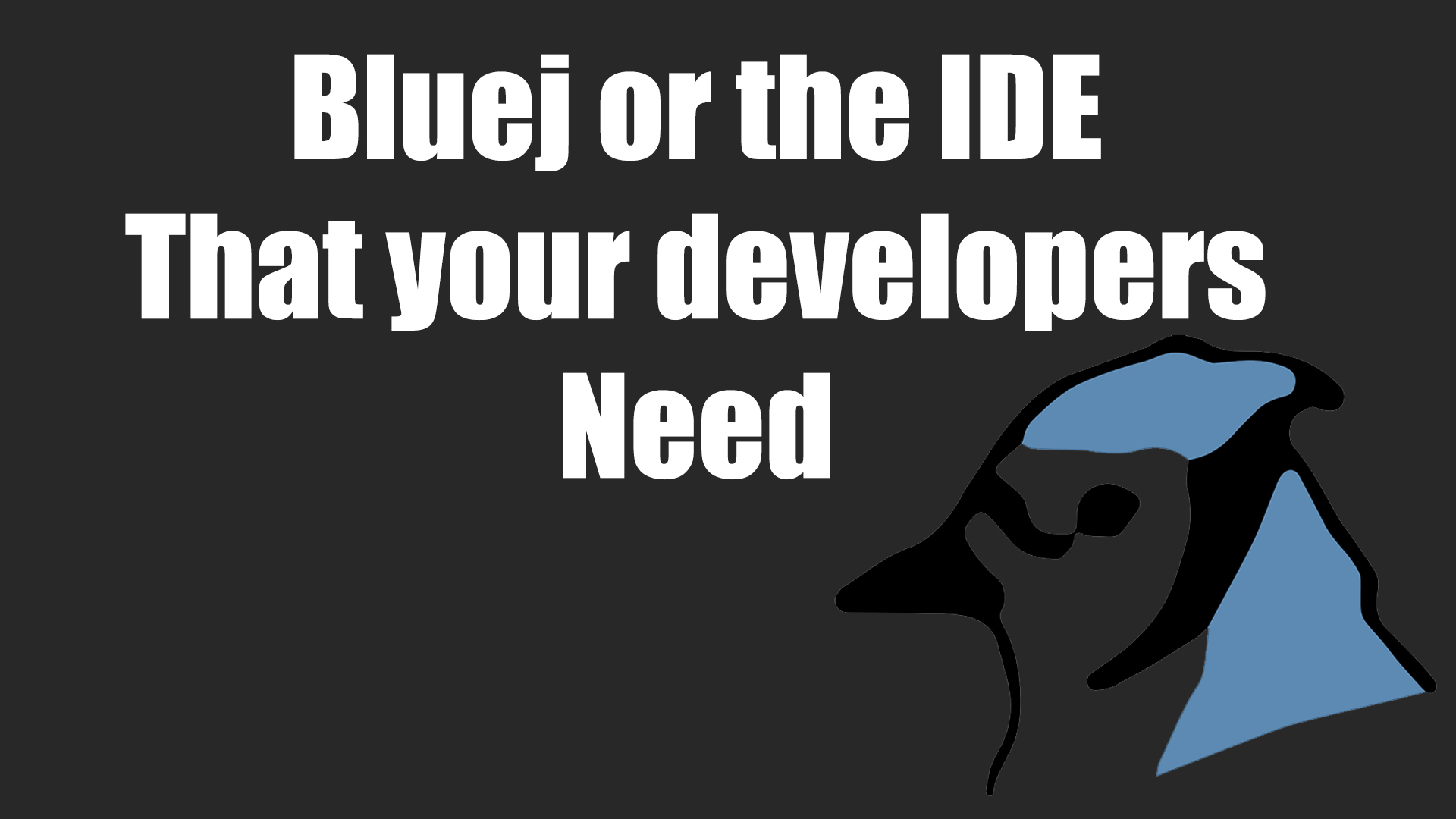Bluej or the IDE that your developers need

Bluej is an integrated development environment (IDE) for the Java programming language, designed primarily for educational purposes, but also suitable for small-scale software development. Bluej can be installed on your server and accessed via a web browser. In this article, we will look at why it is needed, how it can be useful in business, what advantages and disadvantages it has, where and by whom it is used, why it is worth using it and the conclusion about it.
Why do I need Bluej?
Bluej is needed by those who want to learn the basics of object-oriented programming in Java or create simple applications in this language. Bluej allows you to:
Developing Java programs is fast and easy. Its interface is specially simplified and adapted for beginners so as not to overload them with unnecessary details or functions.
Learn with the help of the popular textbook “Objects first with Java: A Practical Introduction using Bluej”, which was written jointly by Bluej developers and sold millions of copies worldwide.
Interact with objects. You can check their values, call methods on them, pass them as parameters, etc. You can also directly execute Java expressions without compiling. Thus, Bluej is a powerful graphical shell/REPL for Java.
How can Bluej be useful in business?
Bluej can be useful in business for several reasons:
You can improve the skills and motivation of your employees by giving them the opportunity to learn or repeat the basics of Java using Bluej, which is a simple and interesting tool.
You can save time and money by using Bluej instead of more complex or expensive Java development environments, which may be redundant or inconvenient for small projects or tasks.
You can maintain freedom and openness by using Bluej as an open source project licensed under the GPL. You can also contribute to the development of Bluej or receive support from the community.
What are the advantages and disadvantages of Bluej?
Advantages of Bluej:
Simplicity: You don't waste time learning complex tools or interfaces. You get all the necessary functions for developing Java programs in a convenient way.
Learning: you not only write code, but also understand it. You can see the structure of your classes and objects, as well as their behavior at runtime.
Integration: You can integrate Bluej with other programs for developing or processing Java code using the open function in an external editor.
Disadvantages of Bluej:
Complexity: You must have certain knowledge and skills to install, configure and use Bluej on your server, as well as to solve possible network, performance and compatibility problems.
Responsibility: You are responsible for maintaining and updating your server and Bluej, as well as for data backup.
Limitations: You may encounter some limitations in Bluej functionality and performance when working with very large or complex Java programs.
Where and by whom is Bluej used?
Bluej is used in various fields and industries, such as:
Education: Bluej is used to teach students and teachers the basics of object-oriented Java programming at universities, colleges and schools around the world.
Software Development: Bluej is used to create simple Java applications in various fields such as web development, the gaming industry, scientific computing and others.
Research: Bluej is used to conduct experiments and data analysis using Java in various disciplines such as computer graphics, artificial intelligence, machine learning and others.
Why should I use Bluej?
Bluej should be used exactly when you need to:
Learn or repeat the basics of object-oriented programming in Java
Create simple Java applications
Use a simple and interesting development environment for Java
Conclusion about Bluej
Bluej is an integrated development environment for the Java programming language, designed primarily for educational purposes, but also suitable for small-scale software development. Bluej can be installed on your server and accessed via a web browser.

